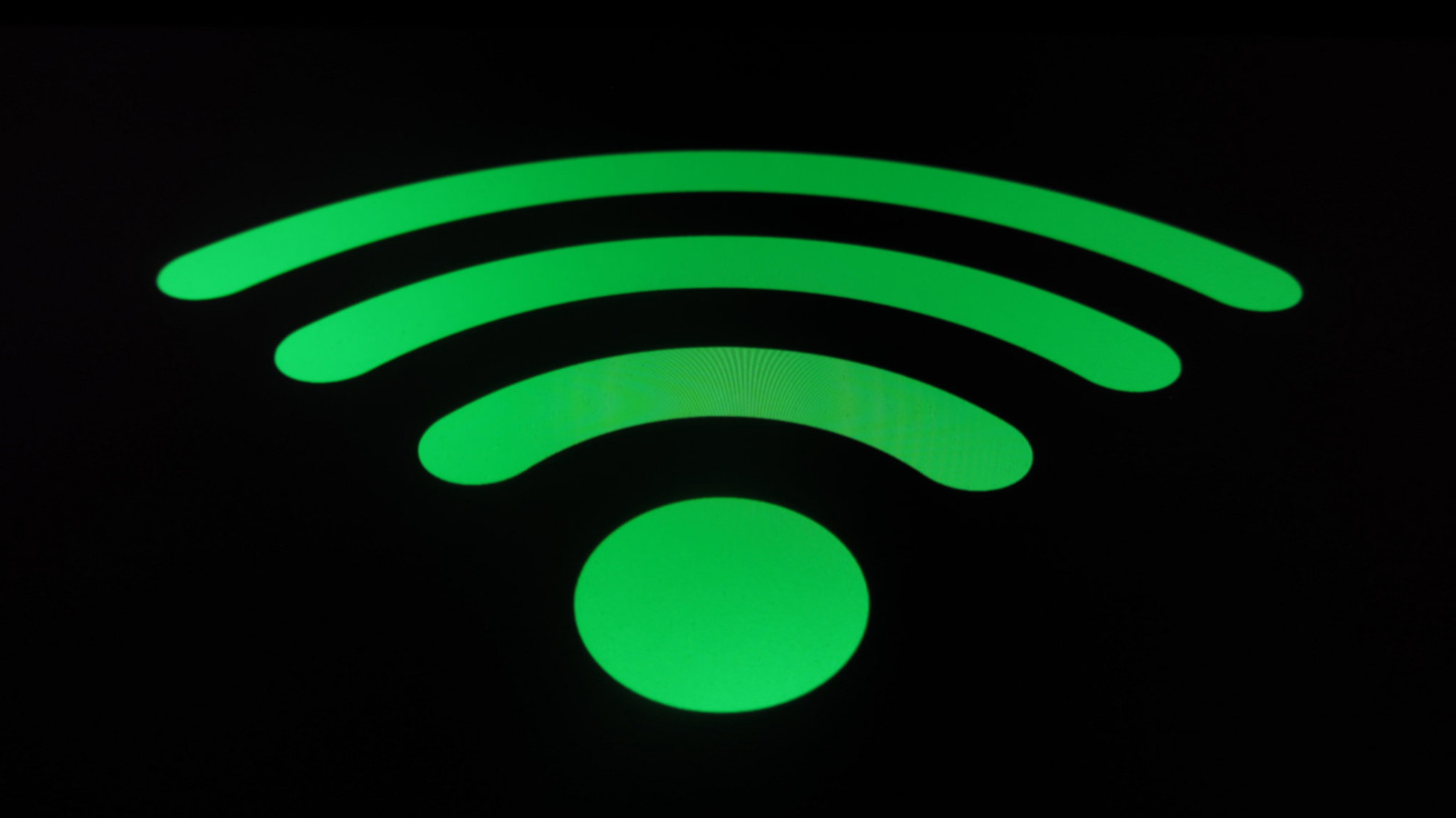- Facebook aims for solar-powered internet-beaming drone
Facebook founder Mark Zuckerberg is famous for expressing a desire to connect the entire globe to the internet, and the company wants to launch giant soaring drones to beam out internet access around the world. Facebook's own Connectivity Lab has developed a solar-powered drone with a wingspan as large as that of a Boeing 747. Dubbed Aquila, the drone took its first test flight in June 2016 and, while not equipped with internet technology at the time, the flight was a huge success. The actual flight lasted a whopping 96 minutes (66 minutes longer than planned), and helped the research team tackle the next phase of innovation. Someday, Facebook hopes the highly energy-efficient drones will fly in a 60-mile radius while simultaneously beaming out internet access wherever needed.
- MIT's 330 percent faster WiFi

Just a few months ago, researchers at MIT's Computer Science and Artificial Intelligence Lab (CSAIL) announced a breakthrough in new wireless internet that is 330 percent faster and twice the bandwidth of existing technology. Dubbed MegaMIMO 2.0, the technology uses multiple transmitters and receivers to relay data simultaneously, increasing the amount of data in a given bandwidth. This development could someday lead to better, faster internet in public spaces and large gatherings like concerts and sporting events. The new technology could also address the issue of spectrum crunch by distributing data differently so that backups and congestion on the network simply don't occur.
- Li-Fi leaves WiFi in the dark?

Last year a French startup developed a wireless internet technology based on LEDs that they claim is 100 times faster than existing WiFi. The so-called "Li-Fi" exploits the flicker rate of LED lamps, which is typically imperceptible to the naked eye. That frequency is much higher than the radio waves conventional wireless internet employs. Li-Fi requires light to work, so it can't pass through walls like WiFi, but it can be used to specifically target a specific user. What's more, its secure nature makes it a potential fit in places like hospitals or schools where speed and privacy are high priorities.
- Projects Loon floats balloon-Based internet access
Long before Facebook launched its own drone to beam internet through the sky, Google began Project Loon, a similar initiative that relies on balloons. The high-altitude internet-equipped balloons are designed to spread connectivity in rural parts of Africa and Southeast Asia, plus anywhere else that access is spotty. The project gained traction in 2013 when Google tapped residents of California's Central Valley to volunteer to let the team install an antenna on their home in order to test the beaming balloons. Three years and many tests later on several continents, Project Loon (now operating under X, formerly Google X) continues to perfect its internet-beaming technology in the hopes of someday filling in the empty spots in the data coverage map.
- NASA gears up to beam internet into deep space
During his 340-day mission aboard the International Space Station, American astronaut Scott Kelly became somewhat of an Instagram star, posting jaw-dropping views of the Earth (and beyond) from his outpost in the stars. So, people probably take for granted the notion that astronauts have internet access. In reality, sending data through space is nearly as complicated as space travel itself, but NASA deployed new tech to the ISS in 2016 that could eventually be used to relay internet service even farther into deep space. If Elon Musk and Richard Branson ever find themselves living on Mars, they'll surely be grateful to the good folks at NASA for making sure they can still tweet from their new homes on the Red Planet.
- Samsung's satellite idea
Consumer electronics company Samsung has a big idea for stretching the inter-webs around the globe -- using satellites. In 2015, the company proposed a global network of 4,600 satellites floating in low-Earth orbit that could beam up to 1 zeta byte (1 trillion gigabytes) a month. The plan would fly satellites closer to Earth than previous schemes to provide access at speeds internet users are already accustomed to at home. Will Samsung's satellite web ever actually happen? It's not likely, but wild ideas like this keep the conversation going.
Thanks For Reading .Please Do Comment If Like If Not Please Share your FeedBack .
